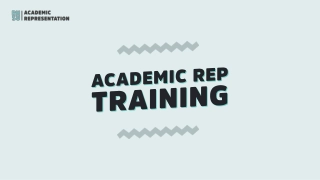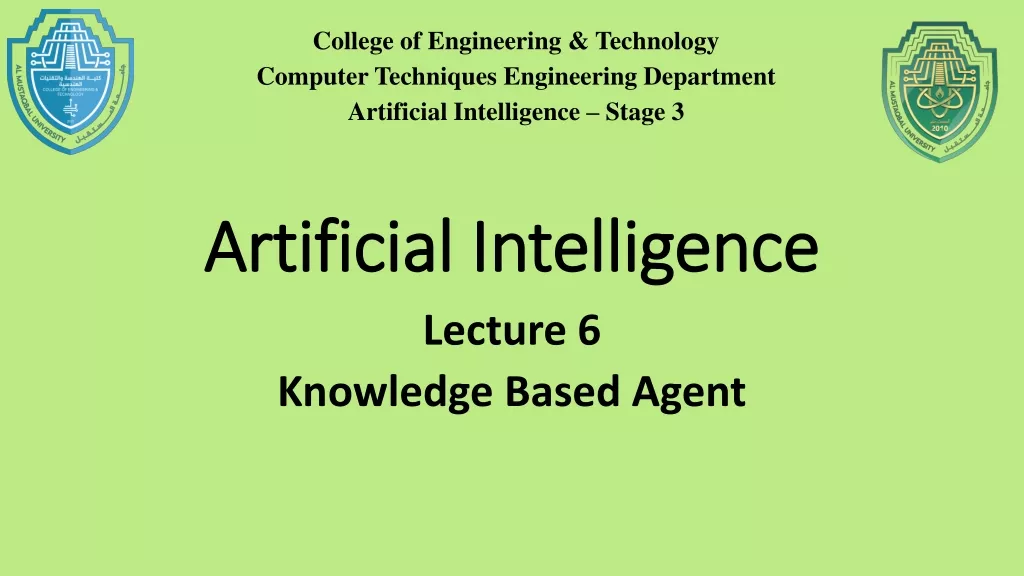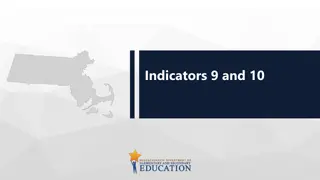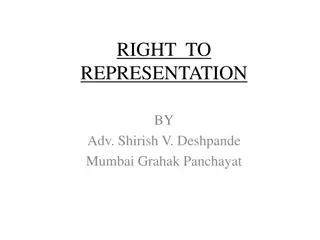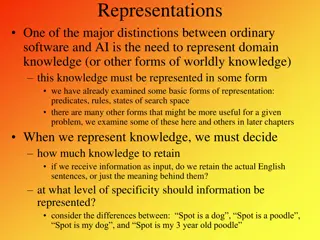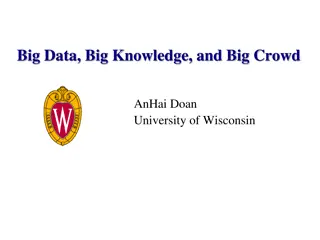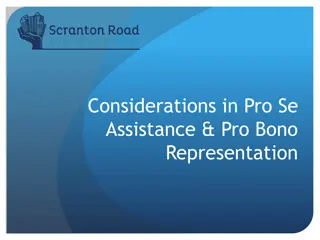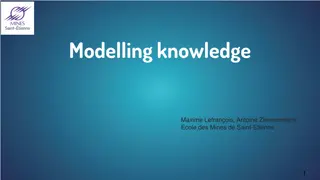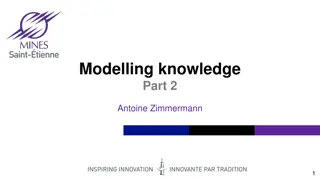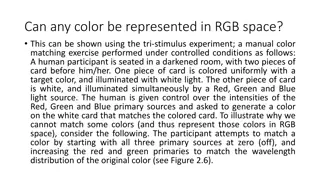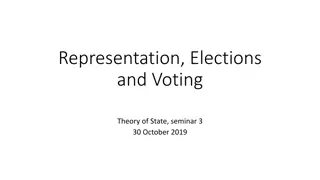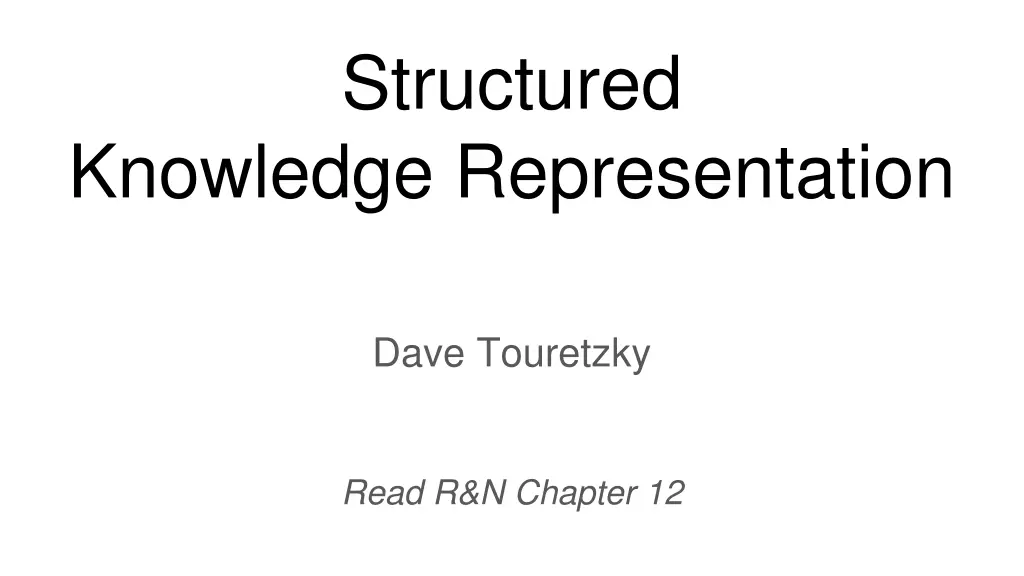
Understanding Knowledge Representation and Ontology in AI
Explore the concepts of knowledge representation, ontology, taxonomic hierarchies, and semantic networks in the context of Artificial Intelligence. Learn how these play a crucial role in building towards Artificial General Intelligence (AGI) and understanding different kinds of entities in the world.
Download Presentation

Please find below an Image/Link to download the presentation.
The content on the website is provided AS IS for your information and personal use only. It may not be sold, licensed, or shared on other websites without obtaining consent from the author. If you encounter any issues during the download, it is possible that the publisher has removed the file from their server.
You are allowed to download the files provided on this website for personal or commercial use, subject to the condition that they are used lawfully. All files are the property of their respective owners.
The content on the website is provided AS IS for your information and personal use only. It may not be sold, licensed, or shared on other websites without obtaining consent from the author.
E N D
Presentation Transcript
Structured Knowledge Representation Dave Touretzky Read R&N Chapter 12
What is knowledge representation? An attempt to formalize human knowledge in ways that will be computationally useful. A prerequisite for AGI (Artificial General Intelligence). Isn t this really philosophy? Yes, the problem dates back to Aristotle. But philosophers don t have to test their theories by writing code that works. Isn t this really cognitive science? Cognitive science has made important contributions, e.g., examining how human category learning works. But AI has a different focus: it requires implementable algorithms. 2
Ontology: what are the different kinds of stuff? Natural kinds: cats, flowers, rocks, comets, tornadoes Places: Pittsburgh, North America, the Starbucks on Craig Street Organizations: companies, clubs, unions, political parties Mental phenomena: thoughts, emotions, memories, beliefs, instincts Linguistic phenomena: languages, dialects, words, phrases, idioms Mathematical objects: numbers, functions, relations, theorems, axioms Political/economic philosophies: capitalism, communism, socialism, Marxism Physiological phenomena: digestion, respiration, reproduction, sleep Games: checkers, chess, backgammon, go, poker, bridge, solitaire Kinship relations: parent, grandparent, sibling, aunt, uncle, cousin, spouse Tools: hammer, screwdriver, wrench, saw, file, crowbar, MATLAB Food: pizza, pad thai, souvlaki, lo mein, duck a l orange 3
Taxonomic Hierarchies 10 million living and extinct species. 5
https://reliefweb.int/report/ world/decision-makers- taxonomy 6
Semantic Networks A graphical representation for some types of knowledge. Once viewed as an alternative to logic. (It s not really.) The IS-A relation often forms the backbone of a semantic network. Vertebrate IS-A Mammal IS-A Elephant InstanceOf Clyde 8
Many ways to partition a category Persons Male vs. female Adult vs. child Real vs. fictional Living vs. dead Male / Female partitions multiple categories Male or female persons Male or female chickens (roosters are males; hens are females) 9
Category relations Subset(Mammals, Vertebrates) Disjoint({Animals, Vegetables}) ExhaustiveDecomposition({Americans, Canadians, Mexicans}, NorthAmericans) Some people have dual citizenship. Partition({Males, Females}, Animals) Partition(s,c) Disjoint(s) ExhaustiveDecomposition(s,c) 10
Part-Of hierarchies in semantic networks Human body Limbs Arm IS-A Limb Limb IS-A BodyPart Bones Muscles Joints Skin Forearm Elbow IS-A Joint Hand Finger Knuckle IS-A Joint Fingernail An arm has bones because arms are limbs and limbs have bones. The bones of the hand are bones of the arm because hands are parts of arms. 12
Description logics Concept Thing | ConceptName | And(Concept, ) | All(RoleName, Concept), | AtLeast(Integer, RoleName) | AtMost(Integer, RoleName) | Fills(RoleName, IndividualName, ) | SameAs(Path, Path) | OneOf(IndividualName, ) Path [RoleName, ] 13
Description logic examples Bachelors are unmarried adult males. Bachelor = And (Unmarried, Adult, Male) Bachelor(x) Unmarried(x) Adult(x) Male(x) Men with at least three sons who are all unemployed and married to doctors, and at most two daughters who are all professors in physics or math departments. And(Man, AtLeast(3, Son), AtMost(2, Daughter), All(Son, And(Unemployed, Married, All(Spouse, Doctor))), All(Daughter, And(Professor, Fills(Department, Physics, Math)))) 14
Inference in semantic nets Transitive closure over IS-A or Part-Of is easy to compute. Is Clyde a vertebrate? Yes! Are fingernails parts of the body? Yes! Equivalent to Horn theories in FOL: x Elephant(x) Mammal(x) x,y,z PartOf(x,y) PartOf(y,z) PartOf(x,z) Can be answered by forward chaining. So why is human-like reasoning hard? Because reality is much messier than this. 15
Exceptional individuals People have two legs. Pegleg Pete has one leg. How do we avoid contradiction? Nonmonotonic logic Default logic Circumscription Circumscribe the set two legged persons to include all persons not known to have less than two legs. Asserting Person(pete) allows us to infer that Pete has two legs. Asserting NumLegs(pete)=1 removes Pete from the set of two-legged persons. Asserting anything that entails NumLegs(pete)=1 should do the same. Circumscription is at least NP-hard. Uh oh! 16
What do we know about birds? Birds have wings. Birds fly. Penguins don t. Ostriches don t. Some geese fly. Some geese don t. Birds don t swim. Ducks swim. Penguins swim. Birds build nests. Do all birds build nests? Do ostriches? Do penguins? Do cowbirds? 17
Typical exemplars; prototypes; outliers Typical birds: Robin Pigeon The prototypical bird has wings, flies, doesn t swim, builds a nest, is not domesticated, eats plants and bugs. Common but not typical: Chicken (domesticated) Eagle (size, diet) Duck (aquatic) Confidence in inferences about birds may depend on their typicality. 18
Summing up semantic nets The graphical notation is only a win for binary relations, where we can trace paths. FlyTo Part-Of Shankar NewDelhi India With n-ary relations the graphical notation doesn t contribute much. 19
Summing up semantic nets Can write ad hoc inference algorithms to efficiently handle things like nonmonotonicity. How many legs does Mary have? How many legs does John have? 20
Summing up semantic nets Ad hoc inference algorithms may not be sound. Multiple inheritance can be a source of problems. Pacifist SubsetOf Disjoint Quaker Republican InstanceOf InstanceOf Nixon 21
Circumscription as model preference Republican(Nixon) Quaker(Nixon) Republican(x) Abnormal1(x) Pacifist(x) Quaker(x) Abnormal2(x) Pacifist(x) Circumscribe on Abnormal1 and Abnormal2. This has two models: one where Nixon is a pacifist, and one where he isn t. Could let religion trump politics by prioritizing the minimization of Abnormal2 over Abnormal1. 22
Things vs. stuff Things are discrete objects composed of distinct parts. Count nouns. Stuff can be divided into smaller amounts of the same stuff. Mass nouns. Example: butter Intrinsic (definitional) properties: color, taste, density, melting point Extrinsic properties: weight, shape, location Other examples: energy , water , territory 23
Words vs. concepts Words can refer to concepts. But the mapping is ambiguous. Words often have multiple meanings. Example: load as a noun. The cargo carried by a vehicle. The contents of a shotgun shell. The portion of a circuit that consumes electrical power. Tasks or obligations, as in he s carrying a heavy load this semester . These meanings may be metaphorically related. The metaphors are often based on force or motion. 24
Time and events Classical planning uses situational calculus, where events are discrete, instantaneous, and happen one at a time. We need something more powerful if we want to model continuous processes or concurrency. The event calculus provides tools for this. Reify fluents and events, turning them into objects. Define intervals as continuous segments of time with a start and end time: i = (t1,t2). Use predicates such as Happens(e,i) to indicate the interval in which an event happens. 25
Predicates for event calculus T(f,t) Fluent f is true at time t. Happens(e,i) Event e happens during interval i. Initiates(e, f, t) Event e causes fluent f to start to hold at time t. Terminates(e, f, t)Event e causes fluent f to cease to hold at time t. Clipped(f, i) i. Fluent f ceases to be true at some point during interval Restored(f, i) Fluent f becomes true sometime during interval i. 26
Mental states: knowledge and belief Agents can have limited knowledge. Agents can hold beliefs that aren t true. Agents are assumed to know all the consequences of their beliefs. Agents can hold beliefs about the knowledge/beliefs of other agents. Superman knows that he is Clark Kent. Lois Lane does not know that Superman is Clark Kent. Superman believes that Lois Lane does not know that he is Clark Kent. 28
Modal logic In classical logic, sentences have only one modality: truth (or falsity). Modal logics allow us to view sentences in other ways: Is sentence P known by agent A? Does agent A believe that agent B knows P? KAP KA(KBP) Other modalities have also been investigated. Is this sentence necessarily true, or only possibly true? 29
Online ontologies Where do ontologies come from? 1. Built by experts, e.g., CYC, begun in 1984, now has about 1.5 million terms. 2. Import categories, attributes, and values from existing databases, e.g., DBPEDIA imported structured facts from Wikipedia. 3. Parsing text documents such as web pages and extracting information from them. 4. Recruiting amateurs to enter bits of commonsense knowledge. 30
Summary Human knowledge is rich and complex. This makes it hard to formalize precisely. Inference quickly becomes intractable. The formalist approach is brittle : any small change can cause inference to fail. What is the alternative to formal representation? Use machine learning to develop statistical models of the world. Requires massive amounts of training data, but we have that now. Works best for pattern recognition tasks. Doesn t work so well for tasks requiring complex inference. Bottom line: machines cannot yet think like humans. 32

